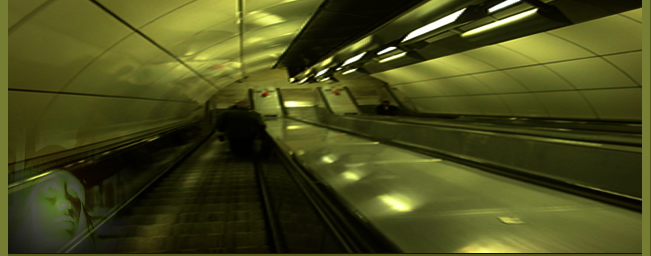.:: Linux Bible ::.
3. Mark a package for installation. With the package that you want to install highlighted,
select Package Mark for Installation. If any changes to existing packages or additional
packages are needed, a pop-up window alerts you. Click Mark to continue.
4. Apply changes. After you have selected all the new packages you want, select Apply. If
the changes noted in a pop-up window are okay, select Apply again. Synaptic begins
downloading and installing the selected packages.
Remember that the software is being installed in the version of KNOPPIX that is running in RAM.
So, the software will disappear the next time you reboot, unless you do something to preserve your
data (such as creating a persistent desktop before you install the software you want to keep).
Saving Files in KNOPPIX
When you reboot your computer with KNOPPIX, you lose not only KNOPPIX itself but any data
and configuration information you may have created along the way. That's because, by default,
KNOPPIX runs from your system's RAM and a nonwritable CD or DVD. Using tools and procedures
that come with KNOPPIX, there are ways in which you can keep that information going
forward.
KNOPPIX happily gives you a login name (knoppix) and a home directory (/home/knoppix),
each time you boot from KNOPPIX. You can save files to that directory, as well as change your
desktop and system configuration information (which is stored in that directory and in
/etc files).
The problem is that those directories are in RAM, so they disappear when you reboot.
The following sections give you some ideas about how to save what you do in your KNOPPIX
session to use in future sessions.
Writing to Hard Disk
Although hard disk partitions are mounted read-only by default, you can make them read/write if
you like. Then you can store any data you want to save on those partitions. (You can simply drag
and drop files to those partitions when they are displayed in a Konqueror window, or save files
there from an application.)
The continuation/full version of this article read on site www.podgrid.org -
Linux Bible
